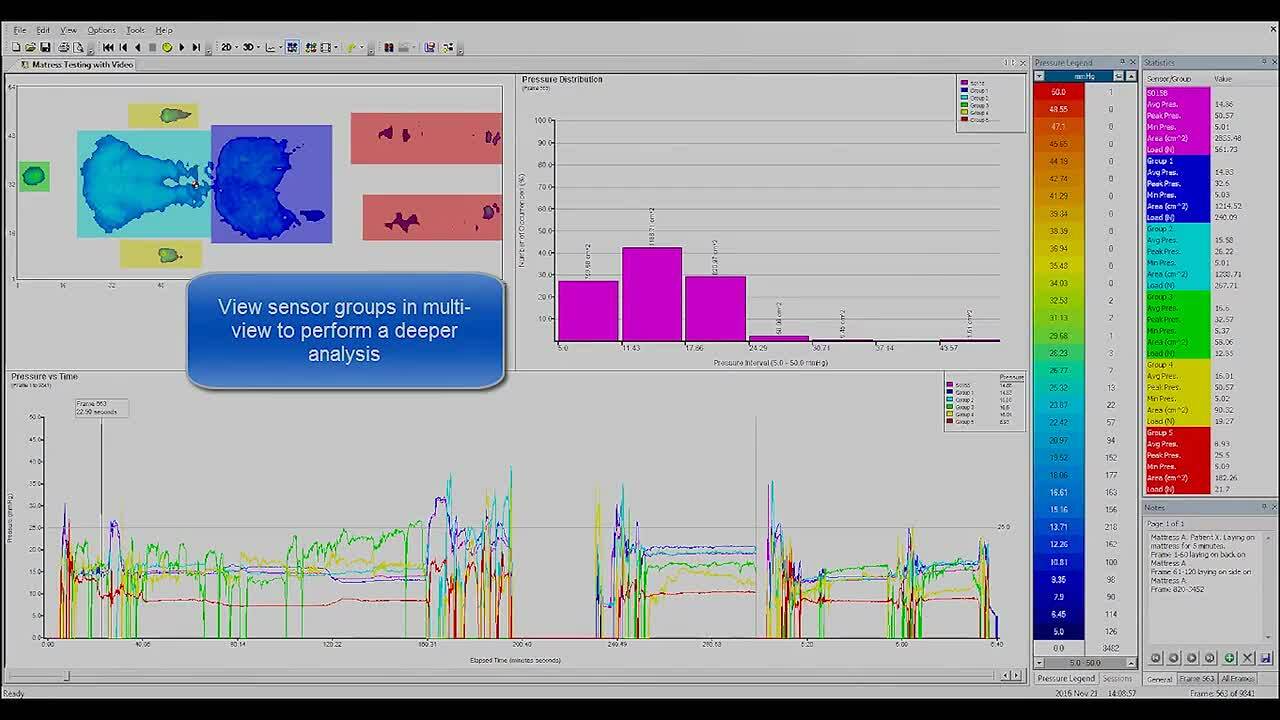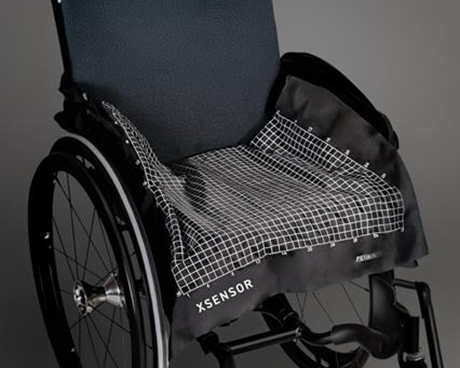Mattress
Design R&D
The X3 R&D system for mattress designers provides accurate performance and quality data to ensure comfort and durability in their products.
Mattress design is a complex craft. There are many combinations of technology and materials you can use, and it’s up to you to decide which ones will work best. Your designs could impact the comfort and health of your end consumers, and in a time where there is plenty of online competition, their satisfaction is critical in keeping your mattress manufacturers in business.

Overview
Mattress Design
X3 R&D Mattress System
Gather comprehensive, high-resolution pressure data, observe product performance with powerful visualizations, and analyze test data using AI-powered algorithms and software. Verify the durability, comfort, and support of new mattress concepts and prototypes.
01

Specifications & Performance
Whether you are designing consumer mattresses, advanced hospital beds, or surgical surfaces, XSENSOR’s X3 R&D system has the tools you need to analyze and validate your mattress design. Top mattress manufacturers around the world use our systems to evaluate and verify the durability, comfort, and support of new mattress concepts and prototypes.

Pressure sensor is very thin and flexible, so it conforms to the mattress, ensuring an accurate representation of pressure distribution.

Pressure sensor provides superior, high-resolution images of the body surface pressures and Pro V8 software provides mattress designers with many tools to analyze, evaluate, and optimize mattress designs.
X3 R&D Mattress System
Sensor
Resolution mm (In)
Use Case
Pressure Range
N/CM2 (PSI)
Sensing area
cm x cm (In x In)
PX100:26.64.01
25.4 (1)
Body/Mattress
0.07 - 2.7
(0.1 - 3.87)
81.2 x 203.2
(32 x 80)
PX100:48.144.02
12.7 (0.5)
Torso/Mattress
0.07 - 2.7
(0.1 - 3.87)
60.9 x 182.9
(24 x 72)
PX100:64.160.02
12.7 (0.5)
Body/Mattress
0.07 - 2.7
(0.1 - 3.87)
81.3 x 203.2
(32 x 80)
WHITE PAPER
Best Practices for Selecting Pressure Imaging Systems
Many pressure sensor manufacturers make claims about accuracy that almost never translate into reliable readings in the field. This guide will explain how: many factors can affect pressure sensor accuracy, including the type of sensor (capacitive vs. resistive); how a sensor is manufactured; what calibration process is used; and how long the sensor can be used before it needs re-calibration.
Download White Paper
Need more information?
Let's talk.
We’d love to hear how we can match you with a solution that meets your needs.
Book a Demo





















